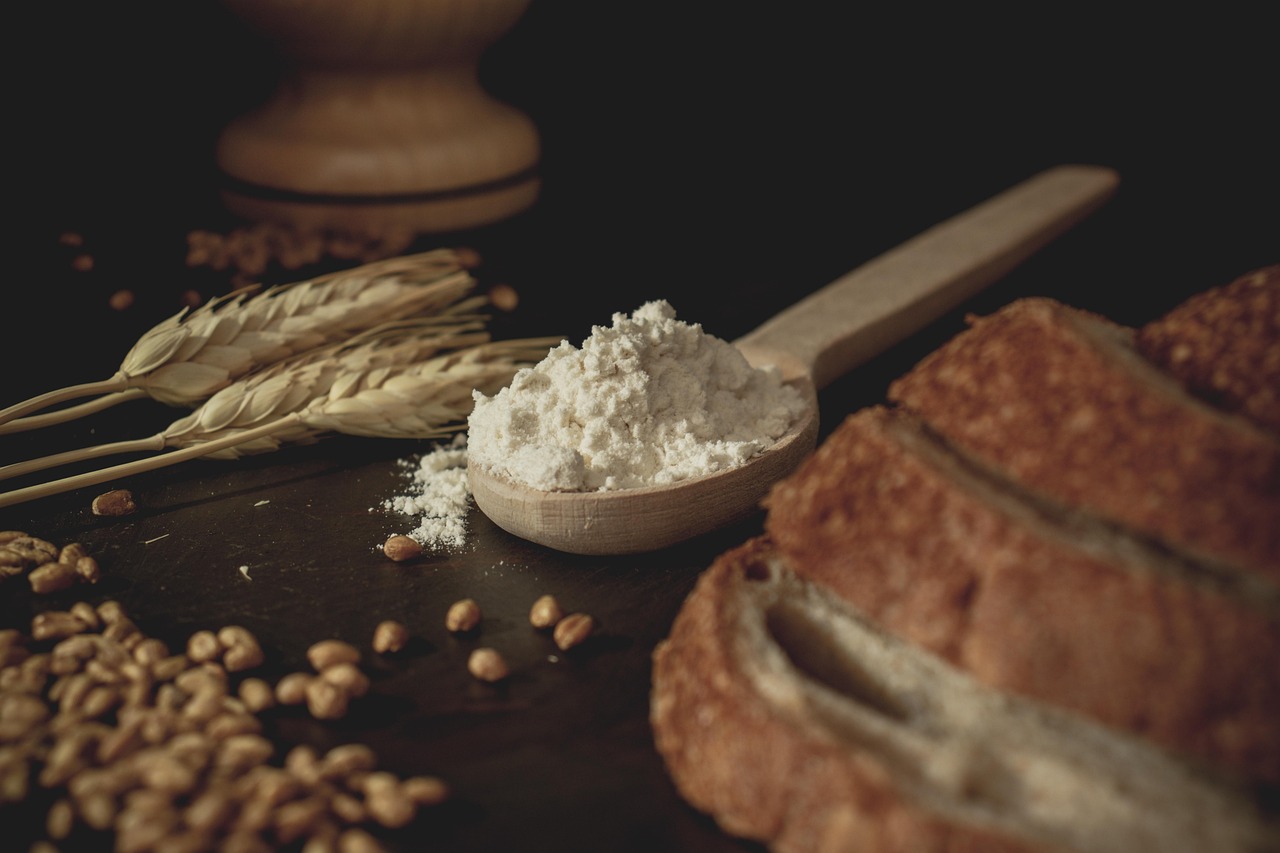Ever opened a pack of turkey slices only to find them dry or flavorless? You’re not alone. Turkey slices are a lunchbox staple, but not all are created equal. Whether you’re meal prepping, making a quick sandwich, or adding protein to a salad, knowing how to choose, store, and use turkey slices can make all the difference.
In this guide, we’ll cover:
✔ How to pick the best turkey slices (fresh vs. processed)
✔ Storage tips to maximize freshness
✔ Creative ways to use turkey slices beyond sandwiches
✔ Health benefits and nutritional considerations
1. How to Choose the Best Turkey Slices
Not all turkey slices are equal—some are packed with preservatives, while others offer clean, high-protein nutrition. Here’s what to look for:
Fresh vs. Processed Turkey Slices
-
Fresh (Deli-Cut): Sliced straight from a roasted turkey breast, usually found at the deli counter.
-
Pros: No added nitrates, better texture, richer flavor.
-
Cons: Shorter shelf life (3–5 days).
-
-
Pre-Packaged: Convenient but often contain preservatives like sodium nitrate.
-
Check labels for:
-
“No nitrates/nitrites” (uncured options use celery powder instead).
-
Low sodium (under 300mg per serving).
-
Minimal ingredients (turkey, water, salt, spices).
-
-
Best Brands for Quality Turkey Slices
-
Applegate Farms (organic, no antibiotics)
-
Boar’s Head (premium deli cuts)
-
Oscar Mayer Natural (budget-friendly, no artificial preservatives)
2. How to Store Turkey Slices for Maximum Freshness
Nothing’s worse than slimy turkey slice. Follow these storage tips:
Refrigerator Storage
-
Unopened packs: Keep in original packaging until use.
-
Opened packs: Transfer to an airtight container or resealable bag with a paper towel to absorb moisture.
-
Deli-cut slices: Wrap tightly in plastic or foil and use within 3 days.
Freezing for Longevity
-
Separate slices with parchment paper to prevent sticking.
-
Store in a freezer bag (up to 2 months).
-
Thaw overnight in the fridge—never at room temperature!
Pro Tip: Label bags with dates to avoid freezer burn.
3. Creative Ways to Use Turkey Slices (Beyond Sandwiches)
Turkey slice are versatile—here’s how to level up your meals:
Quick & Healthy Meal Ideas
-
Turkey Roll-Ups: Spread cream cheese, add avocado & spinach, then roll.
-
Salad Booster: Chop into Cobb or chef salads for extra protein.
-
Low-Carb Wraps: Use large slices instead of tortillas.
-
Protein-Packed Snack: Pair with cheese cubes and grapes for a charcuterie-style snack.
Cooking with Turkey Slice
-
Stir-Fries: Slice into strips and toss with veggies.
-
Casseroles: Layer in lasagna or baked pasta dishes.
-
Breakfast Hack: Add to omelets or breakfast burritos.
4. Health Benefits & Nutritional Considerations
Turkey is a lean protein powerhouse, but watch for hidden additives.
Nutritional Profile (Per 2 oz serving)
-
Calories: ~50–70
-
Protein: 10–12g
-
Fat: 1–2g
-
Sodium: 300–600mg (opt for low-sodium versions)
Health Benefits
✅ High in Protein: Keeps you full and supports muscle growth.
✅ Low in Fat: Great for weight management.
✅ Rich in B Vitamins: Supports energy metabolism.
Watch Out For:
-
Processed varieties with high sodium (can spike blood pressure).
-
Added sugars in flavored turkey slice (like honey-glazed).
5. Common Mistakes to Avoid
🚫 Leaving slices at room temperature (bacteria grows fast).
🚫 Buying pre-sliced packs without checking labels (hidden additives).
🚫 Overcooking when reheating (makes slices rubbery).
Final Thoughts: Make the Most of Your Turkey Slices
Turkey slices are a convenient, protein-packed option—if you choose wisely. Stick to fresh deli cuts or high-quality packaged brands, store them properly, and get creative with recipes.
Next time you grab turkey slice, ask: Is this the best option for my health and taste buds? With these tips, you’ll never settle for bland, processed slices again.










